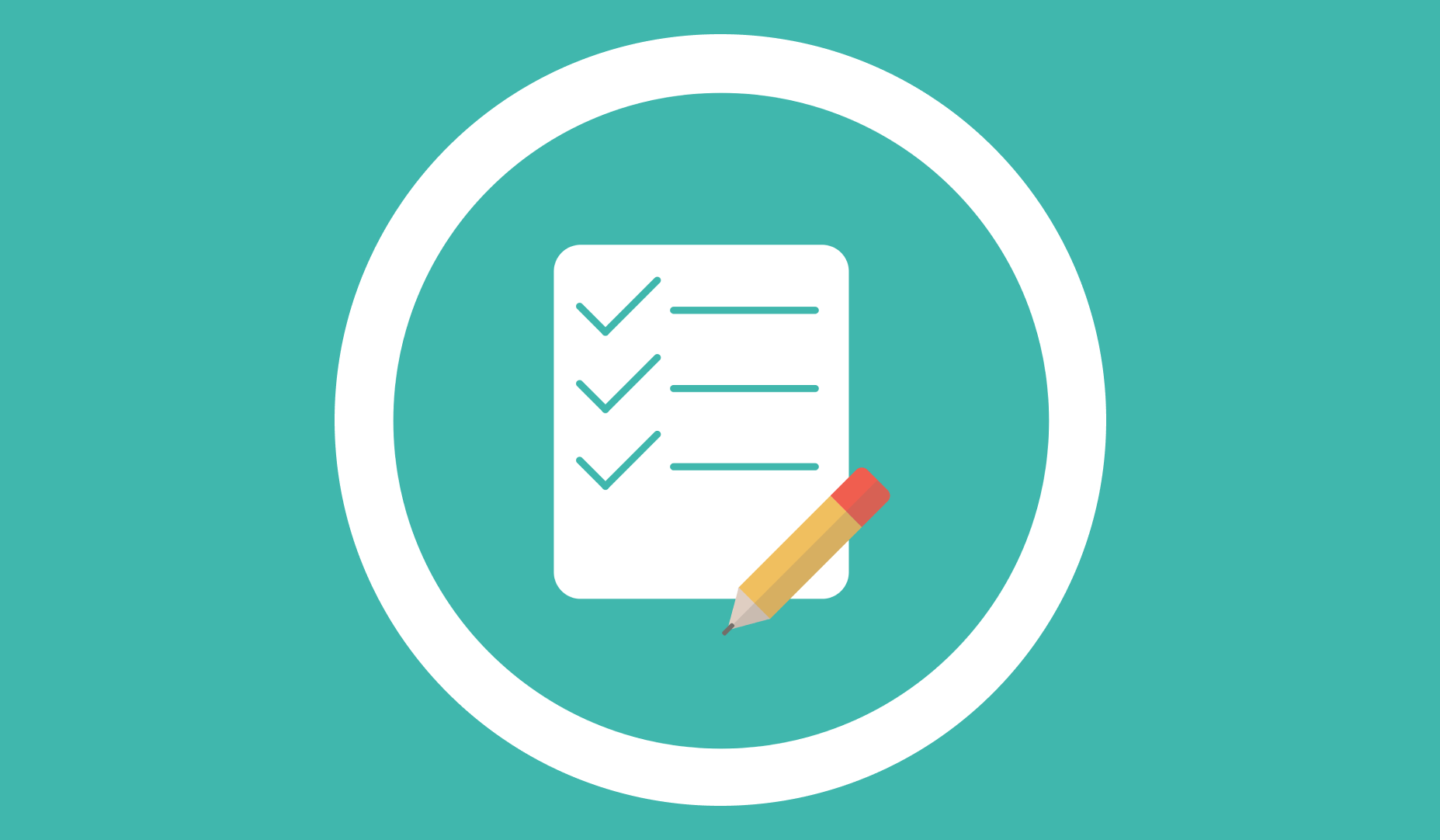In today's hyper-connected world, delivering exceptional customer service isn't a luxury but a necessity. But how do you ensure your team consistently sets the gold standard for every interaction?
That’s where customer service quality assurance (QA) comes into play. It's like polishing a gem - a systematic approach to refining your customer service, keeping every facet sparkling with efficiency, accuracy, and, most importantly, genuine care.
Ready to unlock the secrets of stellar customer service? Buckle up. We're diving deep into the complete guide to customer service QA!
What is Customer Service Quality Assurance?
Beneath the surface of every smiling "hello" and helpful resolution lies the intricate world of customer service quality assurance. But what exactly is it?
Think of QA as your customer service team's secret spy, constantly monitoring and fine-tuning every interaction to ensure it shines with quality. It's not about nitpicking every conversation; it's about proactively identifying areas for improvement, empowering your agents, and ultimately, leaving customers feeling like royalty.
Here's the breakdown:
- Establishing clear standards: defining what "good" customer service looks like for your brand across all channels.
- Monitoring performance: evaluating how your team meets those standards through call recordings, email reviews, and customer feedback.
- Identifying areas for improvement: pinpointing specific areas where your service can be sharper, faster, or more empathetic.
- Coaching and development: providing targeted feedback and training to empower your team to reach their full potential.
Ultimately, customer service QA is about building a service culture obsessed with excellence. It's a rigorous yet gentle process for evaluating and elevating your team's customer interactions.
Importance of Customer Care Quality Assurance
While discussing the significance of QA for customer service is vital, the hard-hitting numbers paint a clearer picture. In today's digital era, where loyalty hinges on positive experiences, overlooking customer service quality is a surefire recipe for disaster.
Impact on Customer Satisfaction
A study by Salesforce found that 89% of customers with a positive customer service experience will likely do business with that company again. Conversely, a mere 1% of dissatisfied customers will tell you about their experience, meaning they silently walk away, taking their potential future business with them.
Role in Building Customer Loyalty
According to recent Khoros stats, 69% of customers actively switch brands due to poor customer service. It's not just about avoiding bad experiences. Customers crave the emotional connection and personalized touch that stellar service brings.
Contribution to Business Reputation
Customer service and quality assurance empower you to shape your reputation proactively. By delivering exceptional engagement, you drive word of mouth, build unwavering loyalty, and ensure sustainable business growth. Studies prove it: 42% higher retention, 33% satisfaction boost, and 32% sales surge await companies that commit to service excellence. Invest in QA and watch your reputation rise, profits climb, and loyal fans sing your praises far and wide.
Understanding Customer Service Quality Assurance
Now that we've established the undeniable importance of QA customer service let's delve into its practical application. We need a clear understanding of its core elements to leverage its power truly.

Defining Customer Service QA
At its core, customer service QA is a systematic and ongoing process for evaluating and refining the quality of customer interactions across all touchpoints. It involves:
- Setting the stage. Identify the core principles guiding your service interactions. These could be empathy, efficiency, proactiveness, or going the extra mile.
- Developing evaluation criteria. Create a framework for assessing how well your team meets those standards. You may include metrics like average response time, resolution rates, customer satisfaction surveys, and agent adherence to scripts or protocols.
- Utilizing evaluation tools. Employ various methods to gather data, such as call recordings, email reviews, live chat monitoring, and customer feedback surveys.
- Providing targeted feedback. Offer constructive coaching and development opportunities based on the QA insights gained.
- Continuous improvement. Regularly review and update your quality assurance processes and standards to ensure they remain relevant and effective.
Remember, QA is not a one-time audit. It's a dynamic journey characterized by a relentless pursuit of refinement and advancement. By embracing this ongoing process, you empower your team to deliver exceptional service that consistently exceeds customer expectations.
Key Elements and Principles of Customer Service QA
Imagine customer service as a breathtaking dance performance. Every move and gesture must be perfectly synchronized to create a captivating experience. Just like skilled dancers rely on key techniques and principles, excellent customer service rests on solid pillars. Customer service quality assurance (QA) functions as the guardian of these ingredients, ensuring they're used to their full potential.
We've identified four essential pillars that hold up the entire structure of excellent service.
1. Communication Craftsmanship
No interaction shines without polished communication. QA empowers agents to master the art of active listening, not just hearing words but truly feeling the emotions and unspoken needs.
Through evaluations and feedback, they learn to weave a tapestry of understanding with empathetic language, clear explanations, and well-timed silences. Imagine a customer, frustrated and lost, met not with robotic scripts but with genuine care and attentiveness. QA helps sculpt agents who can empathize, reassure, and guide them back to a state of calm and clarity.
2. Problem-Solving Prowess
Challenges and roadblocks are inevitable, but they become opportunities in the hands of a skilled problem-solver. Customer support quality assurance provides the platform for agents to hone their agile diagnosis, creative solution-finding skills, and crystal-clear explanation techniques. Through targeted feedback and coaching, they learn to approach problems with the strategic mind of a chess master, analyzing root causes, brainstorming multiple solutions, and explaining them in a way that empowers customers to feel confident and heard.

3. Technical Expertise
Knowledge is power, and in customer service, quality standards ensure agents wield it with confidence. QA cultivates a culture of continuous learning and resourcefulness by evaluating knowledge gaps and providing access to relevant resources.
Quality assurance empowers agents to be not just service representatives but trusted technical advisors, ready to demystify complexities and restore smooth sailing for every customer.
4. Customer-Centric Heartbeat
At the heart of exceptional service lies compassion. Quality assurance standards foster a deeply customer-centric culture, guiding agents to anticipate needs and personalize their approach to surpass expectations. Through interaction analysis and targeted coaching, agents learn to read between the lines, identify unspoken concerns, and tailor their solutions to individual preferences.
QA helps sculpt agents who become partners in the customer's journey, exceeding expectations with every interaction and building unbreakable bonds of trust and loyalty.
Benefits of Customer Service Quality Assurance
Forget the days of customer service simply being a cost center. Customer service quality assurance is silently working behind the scenes to weave a magic cloak of exceptional service. But its benefits extend beyond just happier customers (although that's a pretty awesome superpower).
Let's peek beneath the QA mask and discover how it secretly boosts your entire organization, from the core of service quality to the heart of employee morale.
Elevating Service Quality
Sharpened skills and smoother interactions. By honing the skills of customer service representatives through targeted training and feedback, QA transforms routine interactions into memorable experiences. The result? Customers receive not just assistance but an elevated standard of service that leaves a lasting positive impression.
Consistency: the hallmark of brilliance. Every touchpoint reflects your brand's brilliance - that's quality assurance's magic. It ensures consistent quality across all channels and agents, like a perfectly calibrated compass guiding everyone toward unwavering professionalism and adherence to standards.
Accuracy triumphs over confusion. Miscommunication and errors fade into the shadows as QA shines a spotlight on clarity and precision. Customers feel confident and satisfied, knowing they're dealing with a team that gets it right the first time, every time.
Transforming the Customer Journey
Happy faces replace frowning foreheads. Bid farewell to frustrated customers trapped in service purgatory. Quality assurance empowers agents to anticipate needs, proactively solve problems, and explain things with crystal clarity, leaving customers feeling empowered, heard, and like they've just discovered a hidden oasis of helpfulness.
Trust blossoms where quality takes root. Every positive interaction is a seed of trust planted, and QA cultivates a customer-centric garden. Genuine care and empathy shine through, fostering lasting relationships and a loyal customer base that feels truly valued.
Exceeding expectations becomes the new normal. Forget just meeting expectations: quality control encourages agents to exceed them. Imagine customers surprised and delighted by the extra mile, feeling like they've just encountered service royalty who remember their name and go the distance to make them feel special.
Boosting Employee Morale

Confidence takes flight. Quality assurance in customer service provides a supportive launchpad for growth and development. Agents soared with constructive feedback and targeted coaching, boosting their confidence and skillset like a superhero gaining new powers.
Motivation finds its spark. Seeing the positive impact of the work ignites a passion in agents that no textbook can teach. QA celebrates successes and shares valuable insights, fueling a motivation that burns bright and propels them toward service excellence.
Teamwork takes center stage. Customer support quality assurance fosters a collaborative spirit where agents become superheroes in a shared universe. They learn from each other, support their growth, and work in harmony, united by a common goal of service brilliance.
How to Implement and Improve QA Customer Service
You've witnessed the magic of QA customer service: happier customers, smoother interactions, and a team brimming with potential. But the question remains: how do you unlock this brilliance within your own company? Let's roll up our sleeves and delve into the practical mechanics of implementing and improving your QA program, transforming your service experience from good to gleaming.
Strategies for Successful Implementation
Implementing quality assurance in customer service requires a thoughtful approach.
Begin by establishing clear objectives and aligning them with your organizational goals. Develop a comprehensive training program to familiarize agents with QA processes, emphasizing the significance of each element. Foster a culture of collaboration and openness, encouraging feedback from both agents and customers.
Consider integrating technology solutions that facilitate the QA process, such as customer service software with built-in evaluation features. Regularly review and update QA protocols to stay agile in response to evolving customer expectations.
Implement a scorecard system to track key performance indicators (KPIs) like first-call resolution and customer satisfaction, ensuring your quality assurance program aligns with your service goals and drives measurable improvement.

Continuous Improvement Techniques
Continuous improvement is the heartbeat of a successful customer care quality assurance program. Embrace a culture of ongoing learning and enhancement to keep your customer service quality at its peak.
Encourage regular feedback loops between agents and QA teams to identify areas for improvement. Leverage data analytics to extract insights from customer interactions, identifying patterns and trends that can inform quality adjustments. Implement a system for ongoing coaching and skill development based on QA evaluations, fostering a culture of growth and adaptability.
Regularly review and update QA metrics to align with shifting business priorities and customer expectations. Make the most of emerging technologies, such as artificial intelligence and machine learning, to enhance the efficiency and accuracy of your quality assurance customer service processes.
By committing to continuous improvement, your organization can stay ahead of the curve and deliver outstanding customer service.
Tips for Creating a Customer Service QA Scorecard
As we mentioned, the customer service QA scorecard is a powerful tool for tracking progress, identifying areas for improvement, and, ultimately, ensuring your QA program delivers on its potential.
But crafting the perfect scorecard can feel like navigating a complex labyrinth. Fear not, intrepid architects of service excellence! There are 3 practical tips to build a functional scorecard:
1. Choose the Right Metrics
Your scorecard is only as effective as the metrics it tracks. Don't get lost in a sea of data! Start by identifying your core service objectives. Do you want to boost first-call resolution rates? Enhance customer satisfaction? Empower your agents? Align your metrics to these objectives, ensuring they illuminate the path to achieving them.
Popular options include:
- Net Promoter Score (NPS): Measures customer loyalty and likelihood to recommend your brand.
- Customer Satisfaction Score (CSAT): Measures immediate satisfaction with specific interactions.
- First Call Resolution Rate: Tracks the percentage of issues resolved in the first interaction.
- Agent Skill Development: Measures progress in key communication, problem-solving, and technical skills.
Remember, the right metrics are specific, actionable, and aligned with your unique service goals. Feel free to experiment and find the mix that truly reflects your journey towards brilliance.
2. Balance is Key: Embrace Quantitative and Qualitative
Your scorecard shouldn't be just a cold, hard number game. Balance is key! Integrate both quantitative (data-driven) and qualitative (feedback-based) metrics. Numbers tell the story of trends and patterns, while qualitative insights reveal the "why" behind them.
Utilize your quantitative data alongside your customer feedback surveys, agent observations, and supervisor evaluations. This holistic approach paints a richer picture, allowing you to understand what needs improvement and the emotional undercurrents driving those needs.
3. Tailor Your Scorecard to Your Team
One size doesn't fit all! A generic scorecard won't resonate with your unique team and service culture. Take the time to customize it!
- Involve your team: get their input on relevant metrics and feedback mechanisms. Ownership breeds engagement and ensures the scorecard feels like a guide, not a burden.
- Align with your brand voice: use clear, concise language that reflects your company's values and personality.
- Keep it visually appealing: design a user-friendly scorecard that's easy to understand and navigate.
Remember, your scorecard is a living document. Adapt it as your team and service goals evolve, ensuring it remains a valuable tool on your journey to service excellence.

FAQs
What is customer service quality assurance (QA)?
Customer service quality assurance is a system for monitoring and improving customer interactions. It's a way to ensure that every time someone talks to your company, they get a consistently great experience. It involves setting standards, checking how well interactions go, and making improvements to keep things top-notch.
What are the common challenges in implementing quality assurance for customer service?
Implementing QA can be tricky. There are some common challenges on the way:
- Overcoming resistance to change among customer service teams.
- Ensuring everyone understands and aligns with set objectives.
- Providing comprehensive and effective training for all team members.
- Maintaining consistency and fairness in assessment methods.
- Staying updated with evolving customer needs and expectations.
What role does technology play in customer service quality assurance?
Technology makes customer care quality assurance smoother. It helps gather data, evaluate interactions, and give insights into how things are going. Tools like customer service software and smart analytics make it easier to keep an eye on how well your team is doing.
How can businesses tailor quality assurance to their specific industry or niche?
Tailoring QA is like customizing it to fit your industry’s style. Businesses do this by adjusting what they measure and how they train their team to match what’s important in their field. It’s about ensuring the quality checks match what their customers care about.
Can small businesses implement customer service quality assurance effectively?
Absolutely! Even small businesses can do QA well. They focus on what really matters, use tech that fits their budget, train their team on the essentials, and keep improving, even with limited resources. Customer service and quality assurance aim to make sure every customer gets a great experience, no matter the size of the business.







